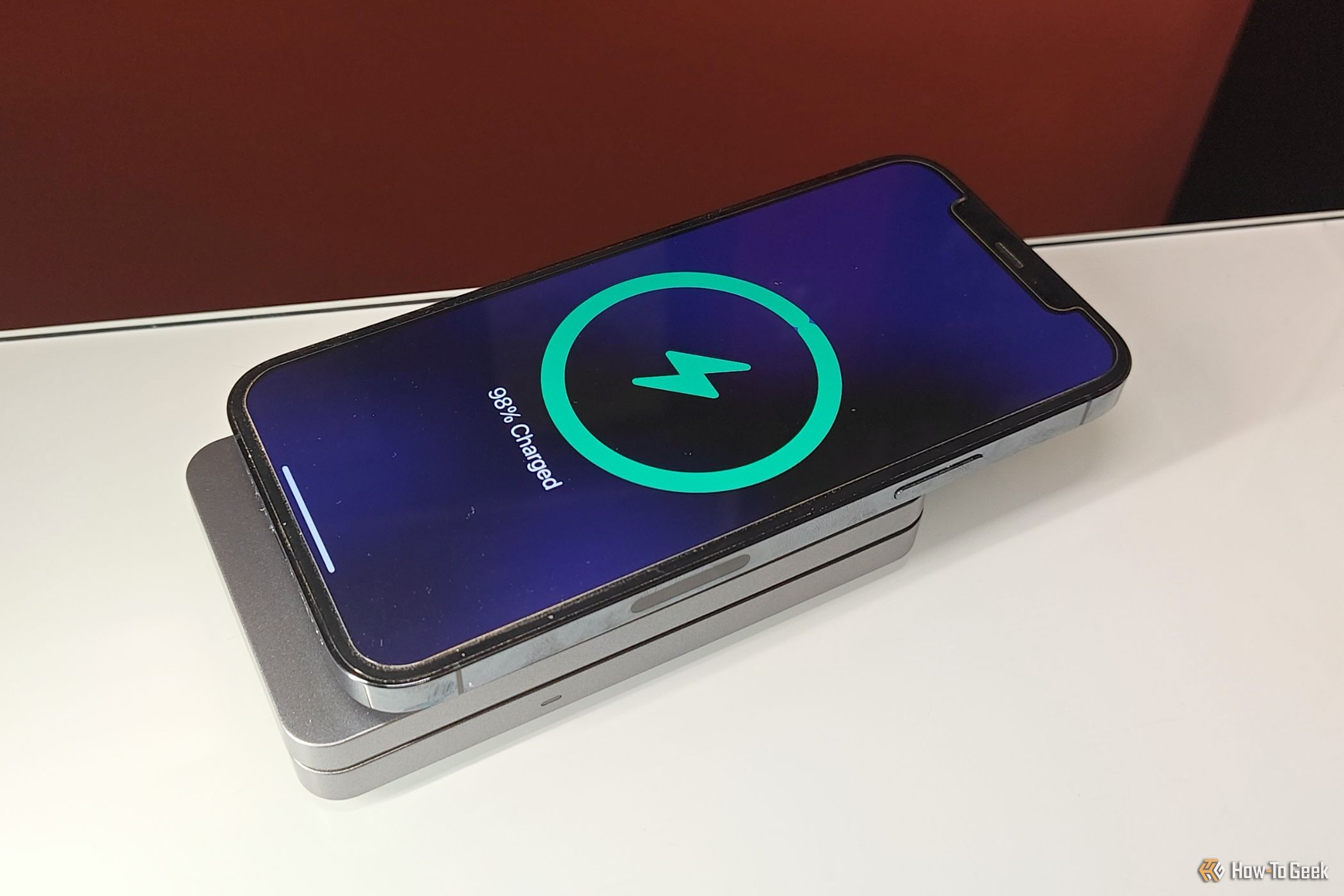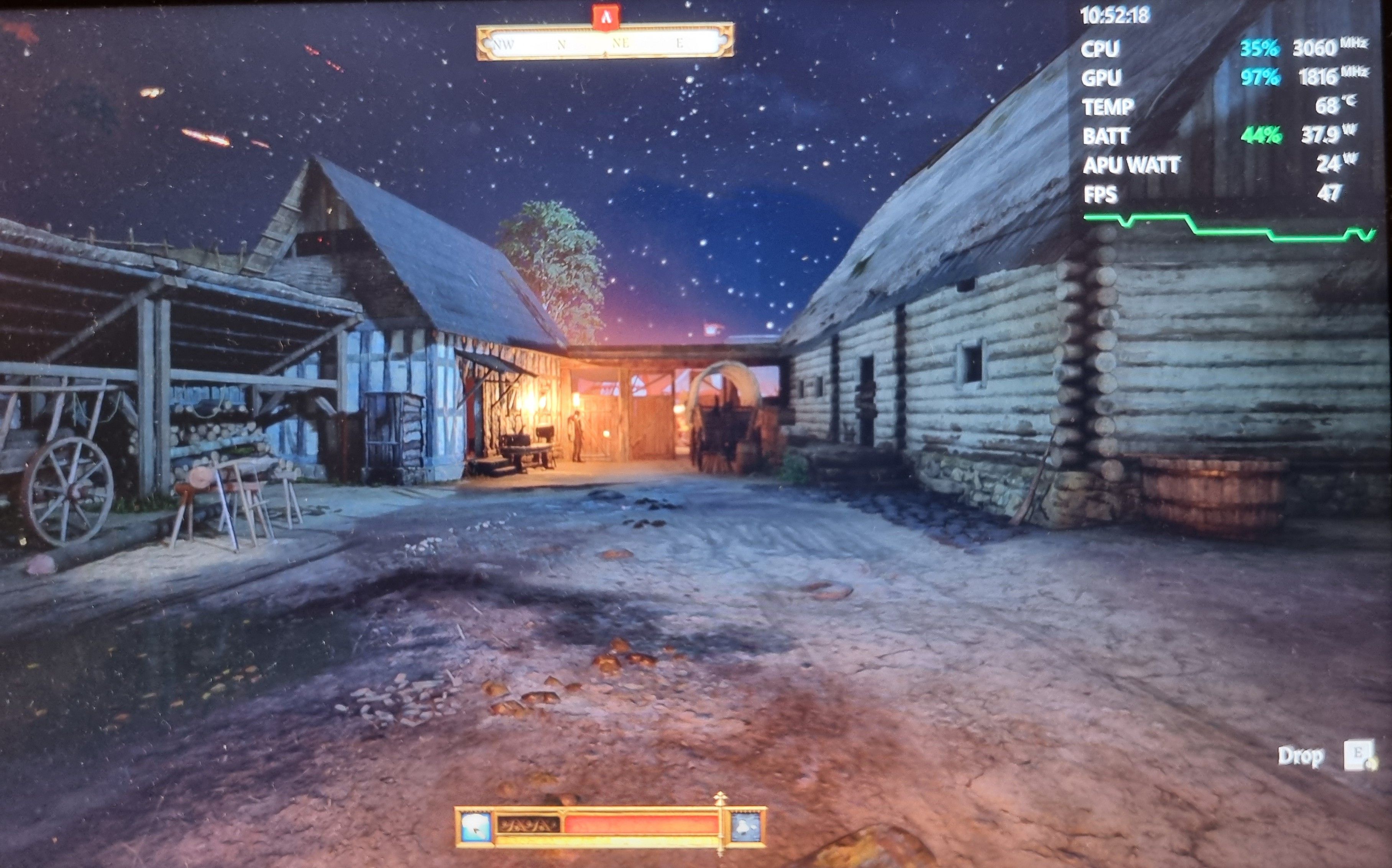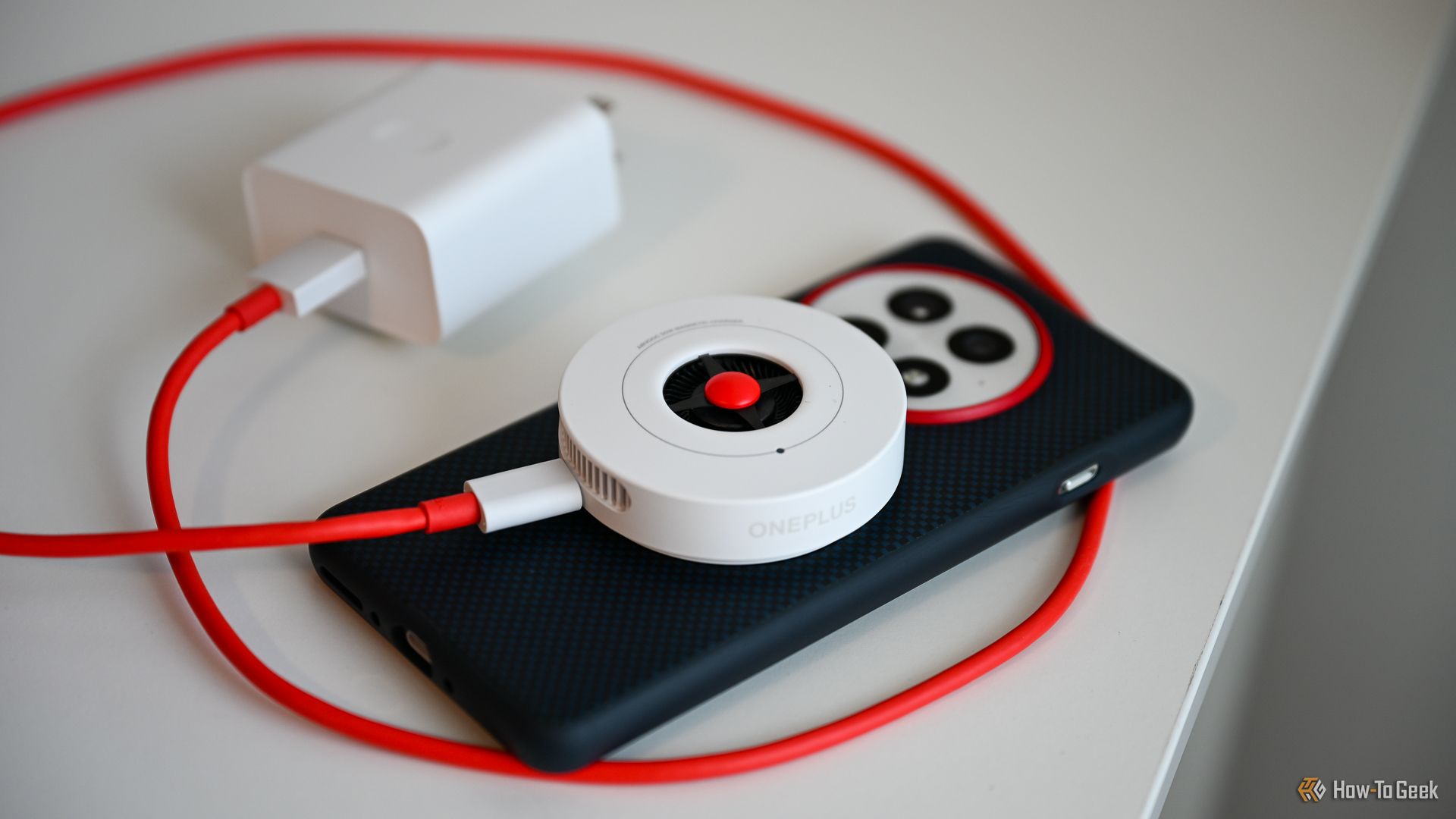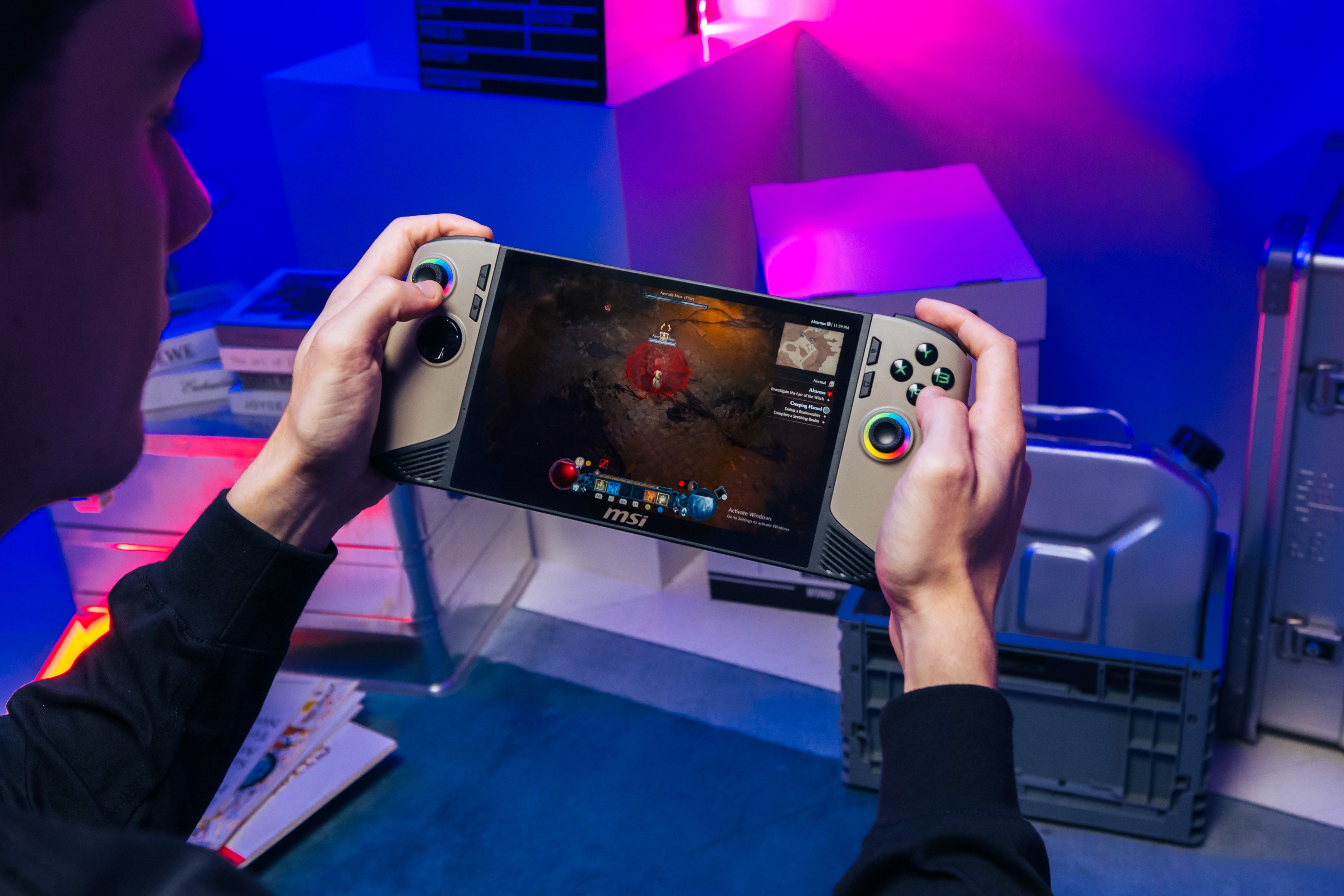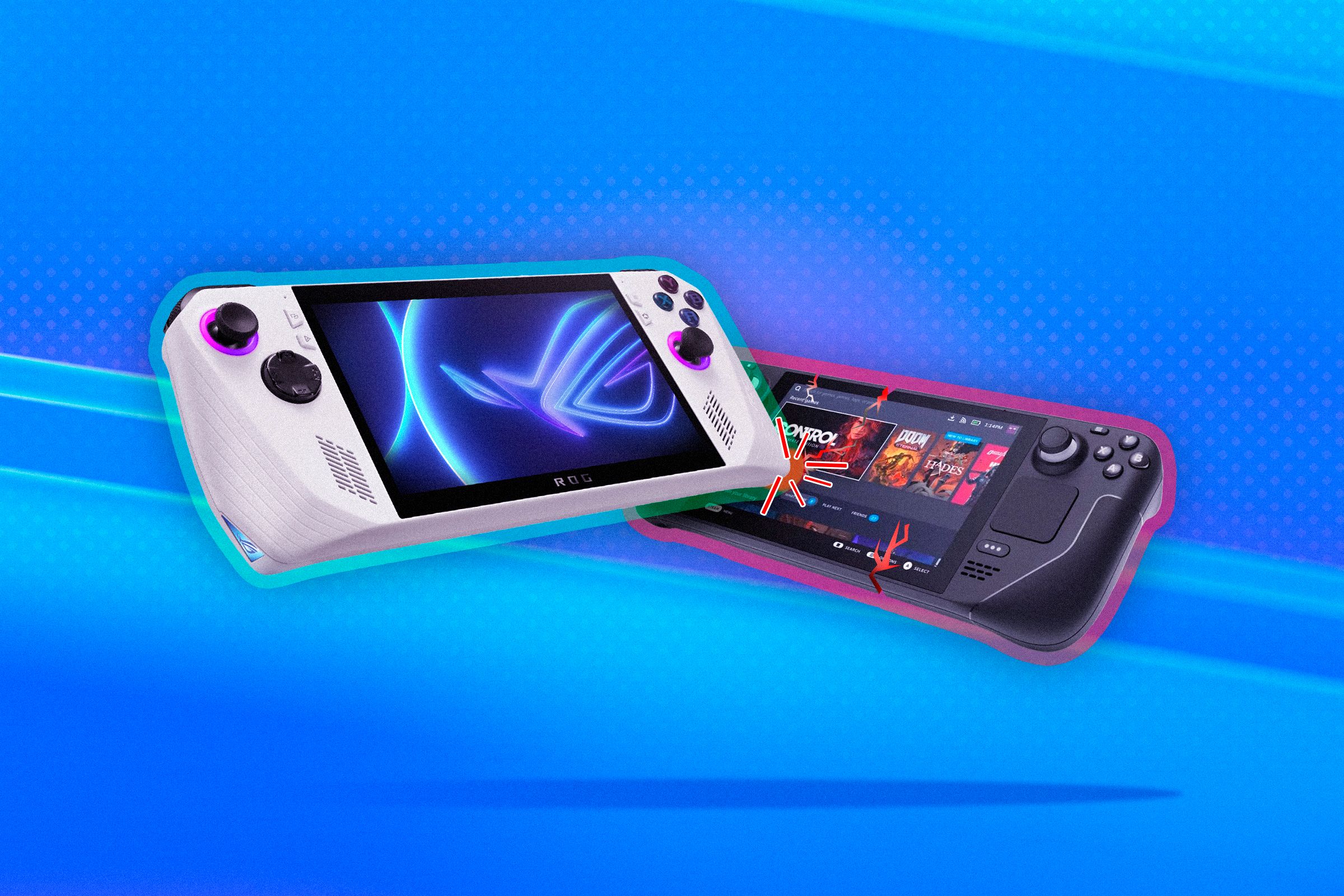Summary
- Wireless charging tech, capable of delivering up to 50W of power wirelessly, can deliver enough juice even to high-end PC handhelds via snap-on battery packs.
- MagSafe-like snap-on battery packs could dramatically prolong the average handheld PC battery life and lead to slimmer and lighter handheld PCs in the future.
- Some compromises may need to be made, but there’s no reason wireless-charging-equipped handheld PCs shouldn’t become a reality.
One of the major issues with handheld PCs, if not the biggest issue, is their poor battery life. The only way to remedy said issue is to cram bigger batteries into PC handhelds and make them less portable, right? Well, there’s another solution: wireless charging!
Wireless Charging Is Faster Than You Think
In a nutshell, the idea is to equip PC gaming handhelds with wireless charging and magnets and then simply use snap-on, MagSafe-like battery packs to give them extra juice. Smartphones have been doing this for years, so why wouldn’t we implement the same technology into handheld PCs that, to be honest, need it more than phones?
The kicker here is that wireless charging is quite slow. Or is it?
The two most popular wireless charging standards, Qi2 and MagSafe, top out at just 15W and 25W, respectively. These charging speeds are far from enough to deliver enough juice to a handheld PC, most of which support TDPs up to 25W when on battery.

Related
Add the screen, speakers, and other components using up power, and my ROG Ally uses almost 40W of power in total with its 25W power mode activated, speakers set to 50%, and the screen brightness cranked up all the way up to 100%.
But Qi2 and MagSafe aren’t the only wireless charging protocols around. Chinese phone brands such as Oppo, OnePlus, and Vivo have been offering 50W wireless chargers for years now, and tests show they deliver the goods without turning the phone into an ember.
50W is more than enough for most handheld PCs equipped with high-end APUs and proper overkill for Steam Deck, which doesn’t even reach 30W of power usage at full tilt with its screen brightness maxed out.
While a handheld PC with wireless charging support sounds implausible at first glance, there are wireless charging standards out there that can deliver enough juice to almost every handheld PC, even when running at their max power profiles.
All handheld gaming PC manufacturers have to do is try coming up with their own 50W wireless charging protocols or perhaps license the technology from BBK Electronics, the parent company of OnePlus and Oppo.
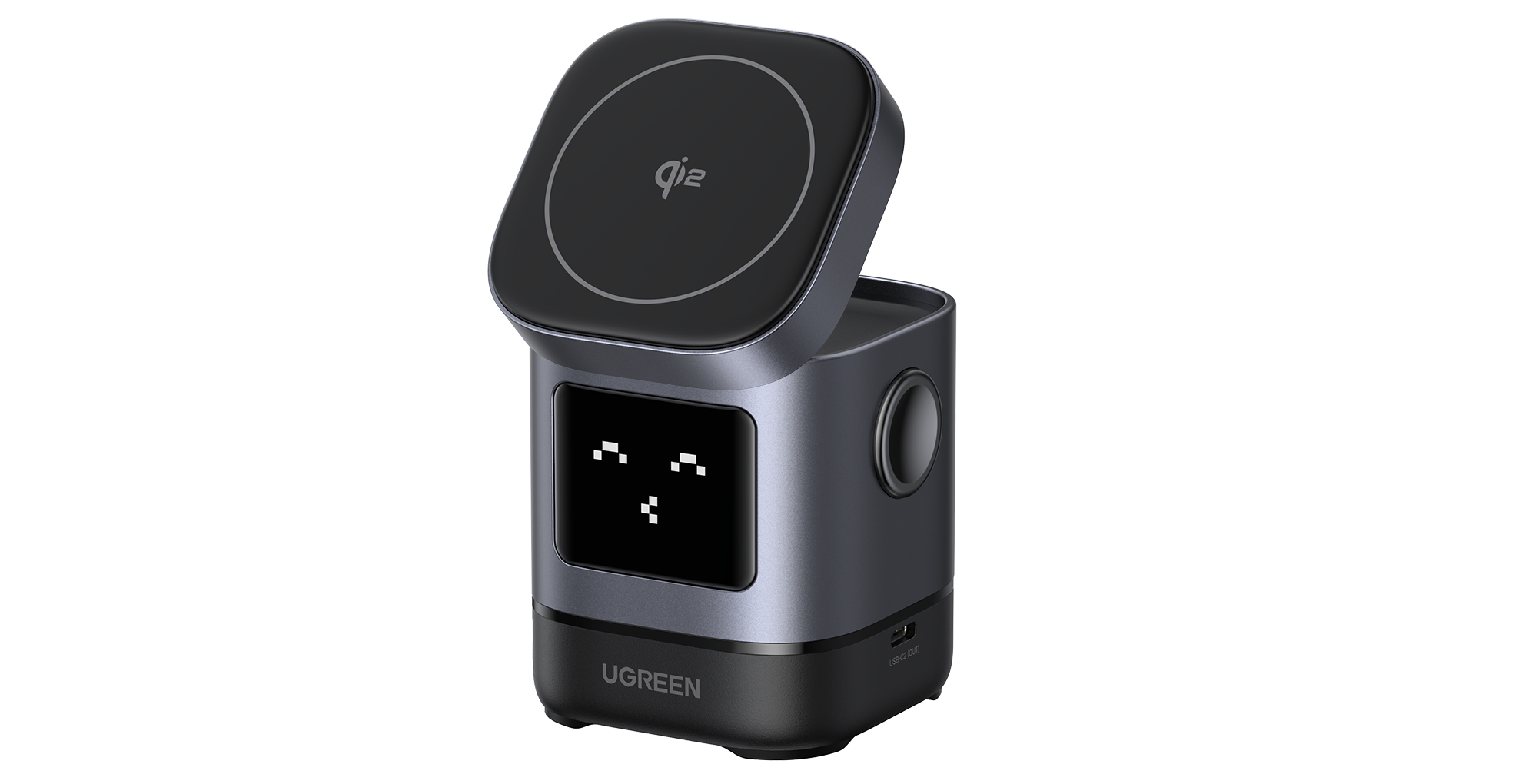
Ugreen Uno 2-in-1 Magnetic Wireless Charger 15W
Battery Packs for Handheld PCs Could Improve Battery Life
Now that we’ve got a wireless charging protocol that can deliver enough juice to PC handhelds working in full tilt mode, we need to come up with a delivery system.
The best option would be a snap-on battery pack, like all those iPhone MagSafe battery packs. Just equip the handheld with a couple of magnets placed at strategic points and you’re off to the races!
This solution would not only solve battery woes affecting every single PC gaming handheld out there, but it would also allow manufacturers to design lightweight handhelds that can double the battery life of with a snap-on power bank.
I love my ASUS ROG Ally, but most other handheld PCs are too unwieldy for me. What I really don’t like is the recent trend of creating larger and heavier handhelds, with some models weighing almost two pounds!
For instance, the MSI Claw 8 AI+ (what a name…) tips the scales at 1.75lb, which isn’t very portable to me. My wrists always start hurting after using my Deck for more than half an hour, and the same thing happens when playing on the 1.5lb Zotac Zone. They would probably fall off if I were to game on the Claw 8 for more than half an hour.
By equipping future PC handhelds with wireless charging tech, manufacturers could still equip them with high-end APUs and large screens, but they’d also make them more wieldy by using compact batteries.
They could opt for, say, a 40Wh battery, enough for about an hour of usage, allowing the device to stay below, let’s say, 1.3lb (600g), which is the sweet spot for me.
An hour of battery life would be enough when you game at home, near a power outlet. Just imagine, you’d be able to use your handheld PC in its “light” mode at home, allowing you to game on it for hours hooked to a (wired) charger without your hands aching or cramping or your wrists crying in pain.
Once out and about, you could carry an external battery, or multiple cells, snap them onto your handheld in a second, and double or triple the battery life. Once the first cell gets depleted, you can remove it and attach another one faster than it takes to die in Nuketown.
The good news is that most current handhelds already have space to accommodate such snap-on power banks without them interfering with air vents—just look at all that free real estate on the ROG Ally shown below.
In other words, I reckon that designing future PC handhelds with snap-on batteries in mind wouldn’t be a significant hurdle to overcome. PC handheld brands could also make some extra cash by selling battery packs, which is always a plus. I’d love to see such a handheld PC.
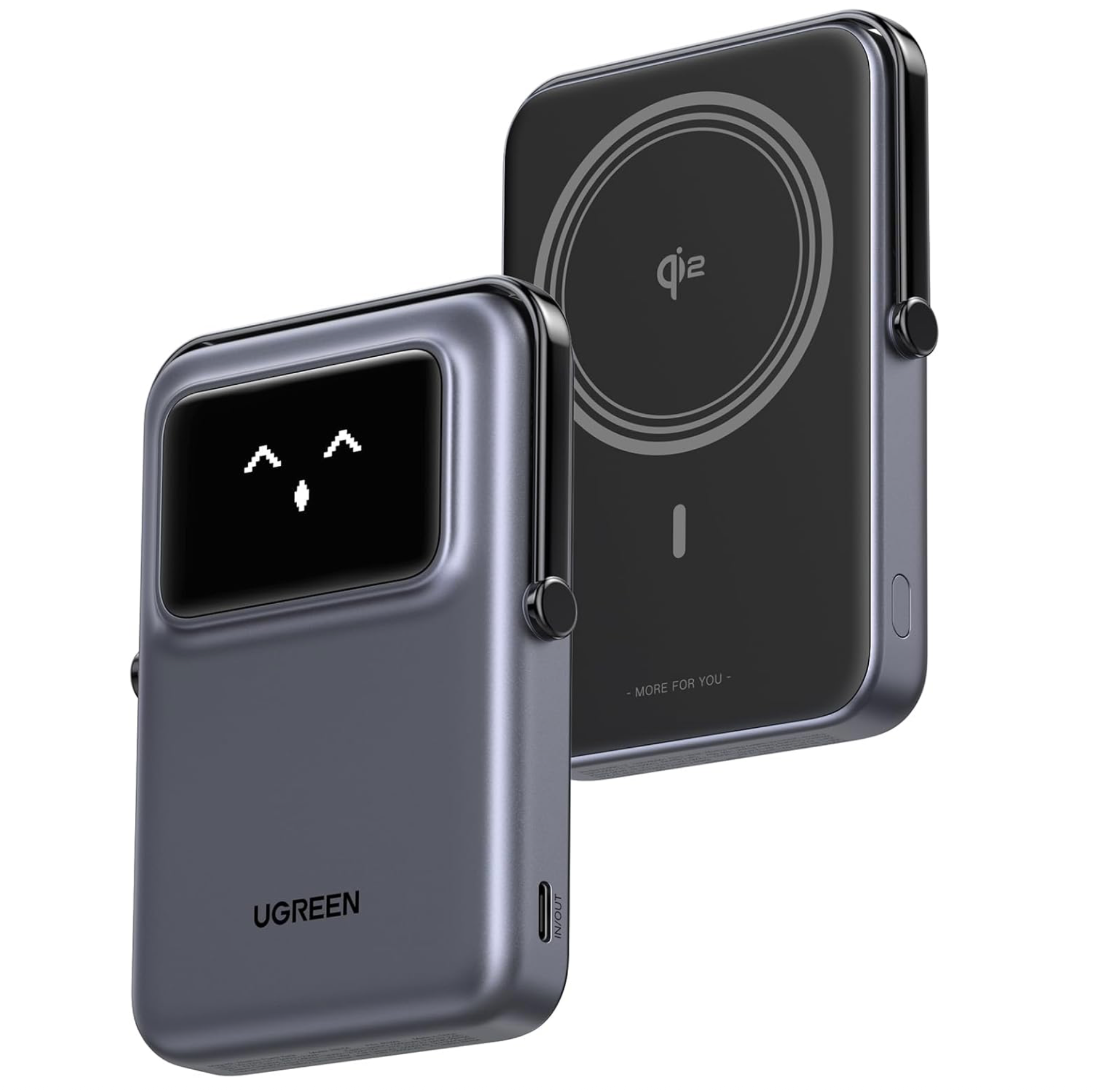
Ugreen Uno Magnetic Wireless Power Bank 10000mAh 15W
$44.99 $69.99 Save
$25
Some Compromises Would Likely Have to Be Made
Of course, such a radical redesign would most likely have to impose some compromises. When smartphones got wireless charging, their backs turned from metal to glass. If and when handheld PCs get wireless charging capabilities, some compromises would likely have to be made as well.
For starters, placing magnets on the back of the device would make it harder to use Hall Effect and TPM joysticks.
That said, the two most popular PC handhelds, the Steam Deck and the ROG Ally, use good ol’ mechanical joysticks, and I’ve yet to encounter drift on either after using them for years. I could live with this drawback. Perhaps we’d be able to get our cake and eat it too with external batteries attached to the lower part of the backside, moving the magnets used for wireless charging away from triggers and analog sticks.
The second compromise would most likely be a higher selling price. On the flip side, manufacturers could keep the same price but omit the snap-on battery pack from the selling package, offering it as an accessory instead. Or give you a choice to purchase the handheld with a battery pack at a higher price. Not perfect, but far from a dealbreaker.
The last issue concerns the wireless charging protocol itself. In a perfect world, handheld PC manufacturers would sit down and agree on a universal protocol to use on all devices, but this doesn’t always fly in our profit-driven world.
That said, phone manufacturers made it work. Qi is the de facto wireless charging standard on Android phones, while iPhones use MagSafe, but are compatible with Qi and Qi2, with the only limitation being lower charging speed when using Qi chargers. I don’t see why handheld PC brands wouldn’t agree upon a similar solution.

Related
What Is a “Qi-Certified” Wireless Charger?
When buying a wireless charger, you’ll see the term “Qi-Certified” a lot. Here’s what it means.
For example, the Steam Deck 2 could come with 30W wireless charging and the ASUS ROG Ally 2 with a 50W variant, but both would be able to use the same battery packs that top out at 50W but support lower charging speeds. I don’t know about you, but ever since I started thinking about this, I haven’t been able to come up with a better way to solve the battery life issue plaguing every single handheld gaming PC on the market.
Adding magnetic wireless charging to the handheld PC mix would be an elegant solution that wouldn’t compromise power or performance. It would allow for lighter, more portable future handhelds that aren’t as heavy as small laptops, we’d be able to game on such a handheld for a whole day if we have enough snap-on battery packs lying around, and manufacturers could earn extra cash by selling external batteries.
Now, all we need is an engineer from ASUS, Valve, GPD, or some other handheld PC brand to read this and get the ball rolling.
-
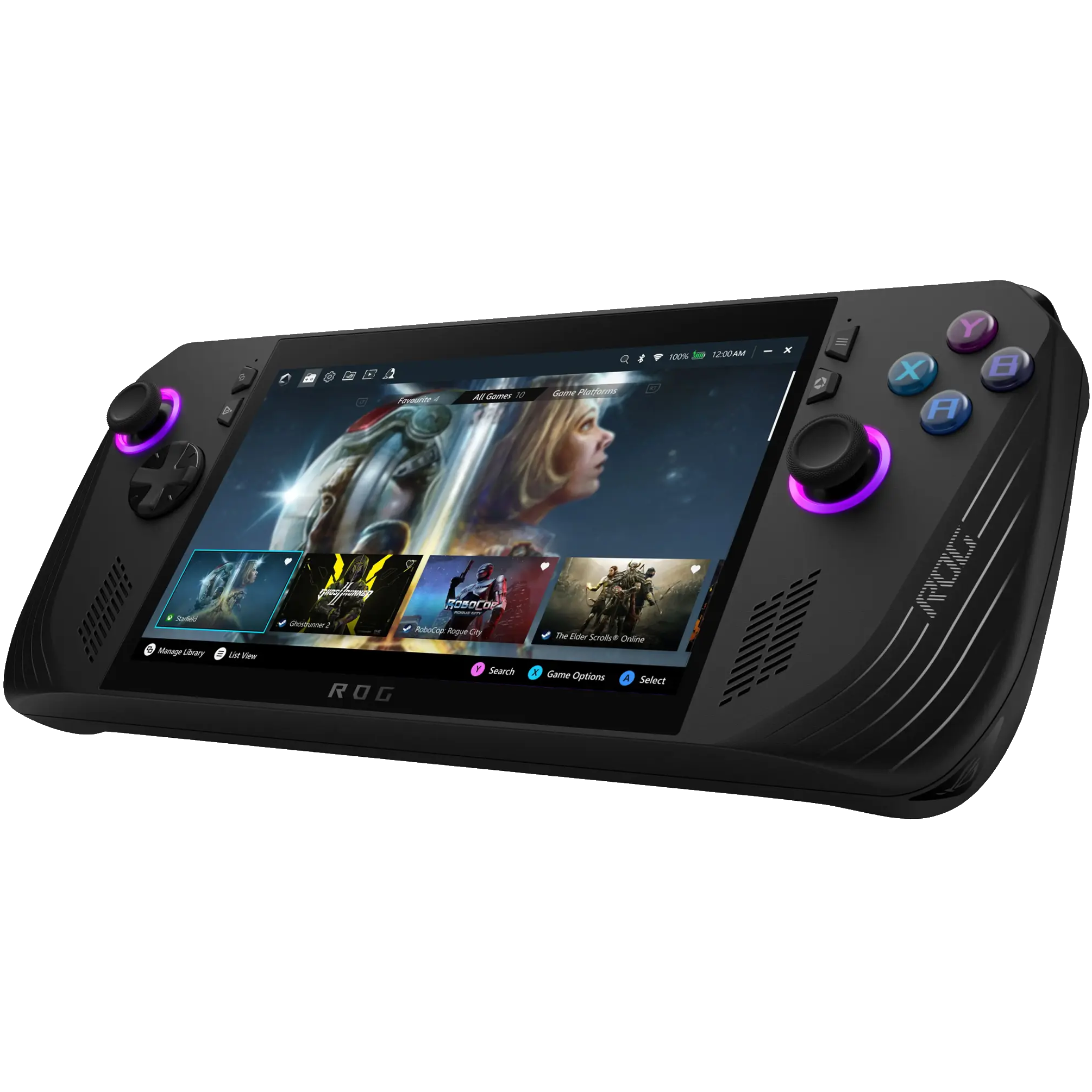
ASUS ROG Ally X (2024)
The ASUS ROG Ally X (2024) is a handheld gaming PC designed to take your favorite titles on-the-go. With the AMD Z1 Extreme processor and 24GB of RAM, you’ll find that the ROG Ally X packs a punch in the power department. It’s capable of playing games like Call of Duty: Black Ops 6 at over 100 FPS using recommended settings. USB4 and USB-C allow the ROG Ally X to be converted to a desktop through a USB dock, making it even more versatile.
-

Steam Deck OLED
Elevate your gaming experience with the Steam Deck OLED. Immerse yourself in stunning visuals on the vibrant OLED display, while enjoying powerful performance and portability.


